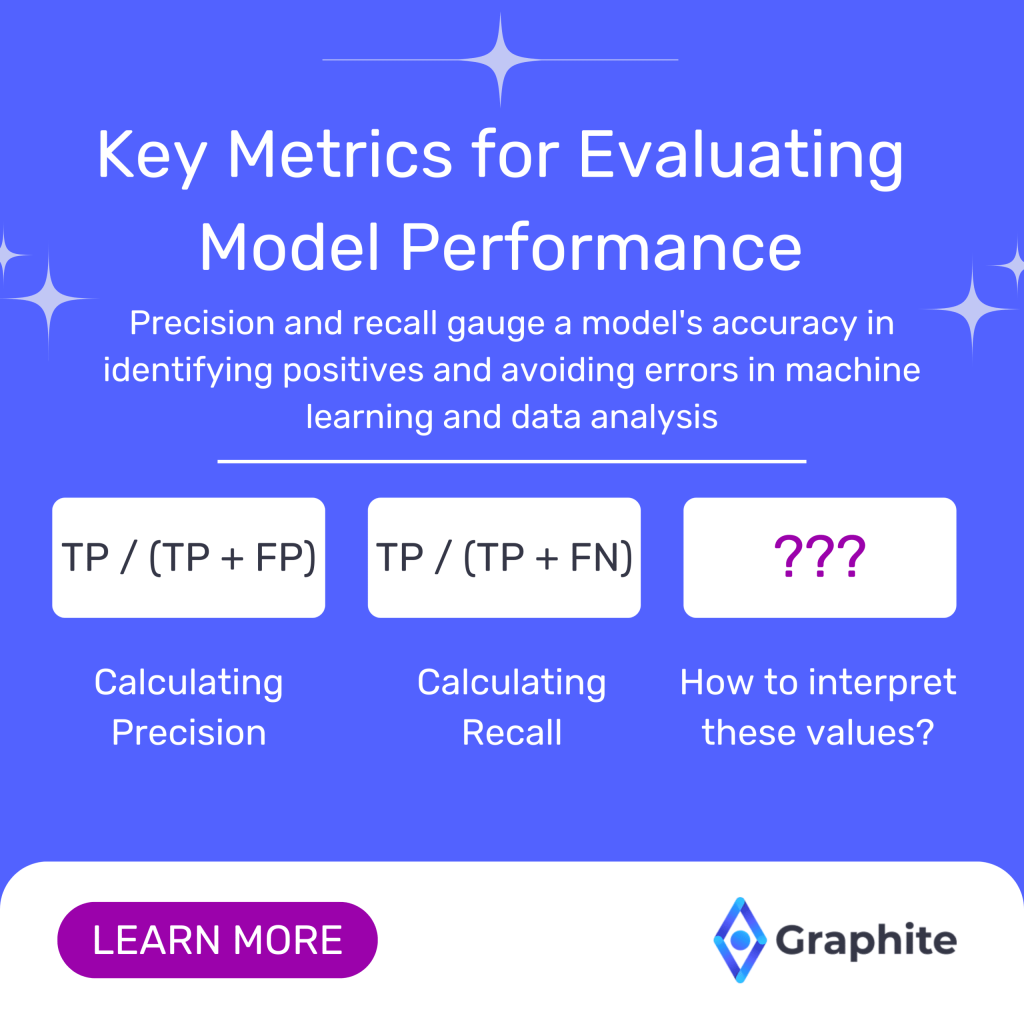LightGBM
LightGBM, or Light Gradient Boosting Machine, has emerged as a powerful tool in the realm of machine learning, particularly for tasks involving large datasets. Its efficiency and speed have made it a favorite among data scientists and machine learning practitioners. This article aims to delve into the intricacies of LightGBM, exploring its features, advantages, and practical applications, while also addressing common queries surrounding its use. As the demand for machine learning solutions continues to grow, understanding the capabilities and functionalities of frameworks like LightGBM becomes increasingly important for professionals in the field.
What is LightGBM?
LightGBM is an open-source, distributed, high-performance implementation of gradient boosting framework developed by Microsoft. It is designed to be efficient in terms of both memory usage and computational speed, making it suitable for large-scale data processing. Unlike traditional gradient boosting methods, LightGBM utilizes a histogram-based approach, which significantly reduces the complexity of the algorithm. This innovative design allows LightGBM to handle large datasets with millions of instances and features, making it a go-to choice for many data scientists. Furthermore, its ability to work seamlessly with various data types, including categorical and numerical data, enhances its versatility in real-world applications.
Key Features of LightGBM
LightGBM boasts several features that set it apart from other gradient boosting frameworks:
- Histogram-based Learning: This method allows LightGBM to bucket continuous feature values into discrete bins, which accelerates the training process. By reducing the number of unique values that need to be processed, LightGBM can achieve faster computation times without sacrificing accuracy.
- Leaf-wise Tree Growth: Instead of growing trees level-wise, LightGBM grows trees leaf-wise, which can lead to better accuracy. This approach allows the model to focus on the most significant features, resulting in a more refined and effective predictive model.
- Support for Large Datasets: It can handle large datasets with millions of instances and features efficiently. This capability is particularly beneficial in industries such as finance and e-commerce, where vast amounts of data are generated daily.
- Parallel and GPU Learning: LightGBM supports parallel learning and can leverage GPU acceleration, further enhancing its performance. This feature is crucial for organizations looking to optimize their computational resources and reduce training times.
- Native Support for Categorical Features: LightGBM can handle categorical features directly without the need for extensive preprocessing, such as one-hot encoding. This native support simplifies the data preparation process and allows for more efficient model training.
How Does LightGBM Work?
The underlying mechanism of LightGBM revolves around the gradient boosting framework, which combines the predictions of multiple weak learners to create a strong predictive model. Here’s a breakdown of its operation:
Gradient Boosting Basics
At its core, gradient boosting involves the following steps:
- Initialization: Start with an initial prediction, typically the mean of the target variable. This initial step sets the foundation for the subsequent iterations, providing a baseline from which improvements can be made.
- Iterative Improvement: For a specified number of iterations, fit a new model to the residuals of the previous predictions. Each iteration aims to minimize the error by adjusting the model based on the feedback from the previous predictions.
- Update Predictions: Add the new model’s predictions to the existing predictions to improve accuracy. This cumulative approach allows the model to learn from its mistakes and progressively enhance its performance.
Histogram-based Approach
LightGBM’s histogram-based approach simplifies the calculation of gradients and hessians by grouping continuous values into discrete bins. This not only speeds up the training process but also reduces memory consumption. The algorithm constructs histograms for each feature, allowing it to efficiently compute the optimal split points during tree construction. By utilizing this method, LightGBM can process data in a more compact form, leading to faster computations and reduced resource usage. Additionally, the histogram-based approach enables the model to handle sparse data effectively, making it suitable for datasets with a high proportion of missing values or zero entries.
Advantages of Using LightGBM
LightGBM offers several advantages that make it a preferred choice for many machine learning tasks:
Speed and Efficiency
One of the most significant benefits of LightGBM is its speed. The histogram-based learning and leaf-wise growth strategy contribute to faster training times compared to other gradient boosting frameworks. This efficiency is particularly beneficial when working with large datasets. In many cases, LightGBM can train models in a fraction of the time it takes other algorithms, allowing data scientists to iterate more quickly and refine their models. Furthermore, the ability to leverage parallel processing and GPU acceleration means that LightGBM can scale effectively, accommodating the growing demands of data-intensive applications.
High Accuracy
Due to its unique tree growth strategy and the ability to handle categorical features directly, LightGBM often achieves higher accuracy than its competitors. The leaf-wise growth allows the model to focus on the most significant features, leading to better performance. Additionally, LightGBM incorporates advanced techniques such as regularization and early stopping, which help prevent overfitting and ensure that the model generalizes well to unseen data. This focus on accuracy makes LightGBM a valuable tool for applications where precision is critical, such as medical diagnosis or financial forecasting.
Flexibility
LightGBM supports various objective functions, including regression, classification, and ranking tasks. This versatility makes it suitable for a wide range of applications across different domains. Whether you are working on a binary classification problem, a multi-class classification task, or a regression analysis, LightGBM can be adapted to meet your needs. Furthermore, the framework allows for custom objective functions and evaluation metrics, providing data scientists with the flexibility to tailor their models to specific requirements. This adaptability is particularly advantageous in competitive environments, such as Kaggle competitions, where unique approaches can lead to better results.
Common Use Cases for LightGBM
LightGBM is widely used in various fields, including finance, healthcare, and e-commerce. Here are some common applications:
Predictive Modeling
In predictive modeling, LightGBM can be employed to forecast outcomes based on historical data. For instance, it can predict customer churn in subscription-based services or forecast sales in retail. By analyzing patterns in past behavior, LightGBM can help organizations make informed decisions about resource allocation, marketing strategies, and customer engagement. Additionally, predictive modeling with LightGBM can be applied to risk assessment in finance, where it can identify potential defaults or fraudulent activities based on historical transaction data.
Ranking Problems
LightGBM is particularly effective in ranking tasks, such as search engine result ranking or recommendation systems. Its ability to handle large datasets and optimize for specific metrics makes it a valuable tool in these scenarios. For example, in e-commerce, LightGBM can be used to rank products based on user preferences and past purchase behavior, enhancing the shopping experience and increasing conversion rates. Similarly, in information retrieval systems, LightGBM can improve the relevance of search results by ranking documents based on their likelihood of meeting user queries.
Time Series Forecasting
Although not specifically designed for time series data, LightGBM can be adapted for forecasting by incorporating lagged features and other relevant predictors. This adaptability allows it to be used in various forecasting applications. For instance, in the energy sector, LightGBM can predict electricity demand by analyzing historical consumption patterns and external factors such as weather conditions. By leveraging its strengths in handling large datasets and complex relationships, LightGBM can provide accurate forecasts that help organizations optimize their operations and reduce costs.
Getting Started with LightGBM
To begin using LightGBM, one must first install the library and prepare the data. Here’s a brief guide:
Installation
LightGBM can be installed via pip or conda. The following command can be used for installation:
pip install lightgbmIn addition to the basic installation, users may also want to explore the installation of additional dependencies that can enhance the functionality of LightGBM, such as visualization libraries for better model interpretation or tools for hyperparameter tuning. For instance, integrating LightGBM with libraries like Optuna or Hyperopt can facilitate automated hyperparameter optimization, leading to improved model performance.
Data Preparation
Before training a model, it is essential to preprocess the data. This includes handling missing values, encoding categorical variables, and splitting the dataset into training and testing sets. LightGBM can handle categorical features natively, which simplifies the preprocessing step. However, it is still crucial to ensure that the data is clean and well-structured. Techniques such as feature engineering, where new features are created based on existing data, can also enhance model performance. For example, creating interaction terms or aggregating features can provide additional insights that improve the predictive power of the model.
Model Training and Evaluation
Once the data is prepared, the next step is to train the LightGBM model. This involves specifying the parameters, such as the number of boosting rounds, learning rate, and maximum depth of the trees. It is essential to experiment with different parameter settings to find the optimal configuration for the specific dataset. After training, evaluating the model’s performance using metrics such as accuracy, precision, recall, and F1 score is crucial. Cross-validation techniques can also be employed to ensure that the model generalizes well to unseen data, providing a more robust assessment of its capabilities.
Conclusion
LightGBM stands out as a robust and efficient tool for machine learning practitioners. Its unique features, coupled with its speed and accuracy, make it an excellent choice for various applications. By understanding its workings and advantages, data scientists can leverage LightGBM to enhance their predictive modeling efforts. As the field of machine learning continues to evolve, tools like LightGBM will play a crucial role in driving innovation and improving outcomes across industries. The ongoing development and community support for LightGBM ensure that it will remain a relevant and powerful tool for years to come, enabling practitioners to tackle increasingly complex challenges in data science.




